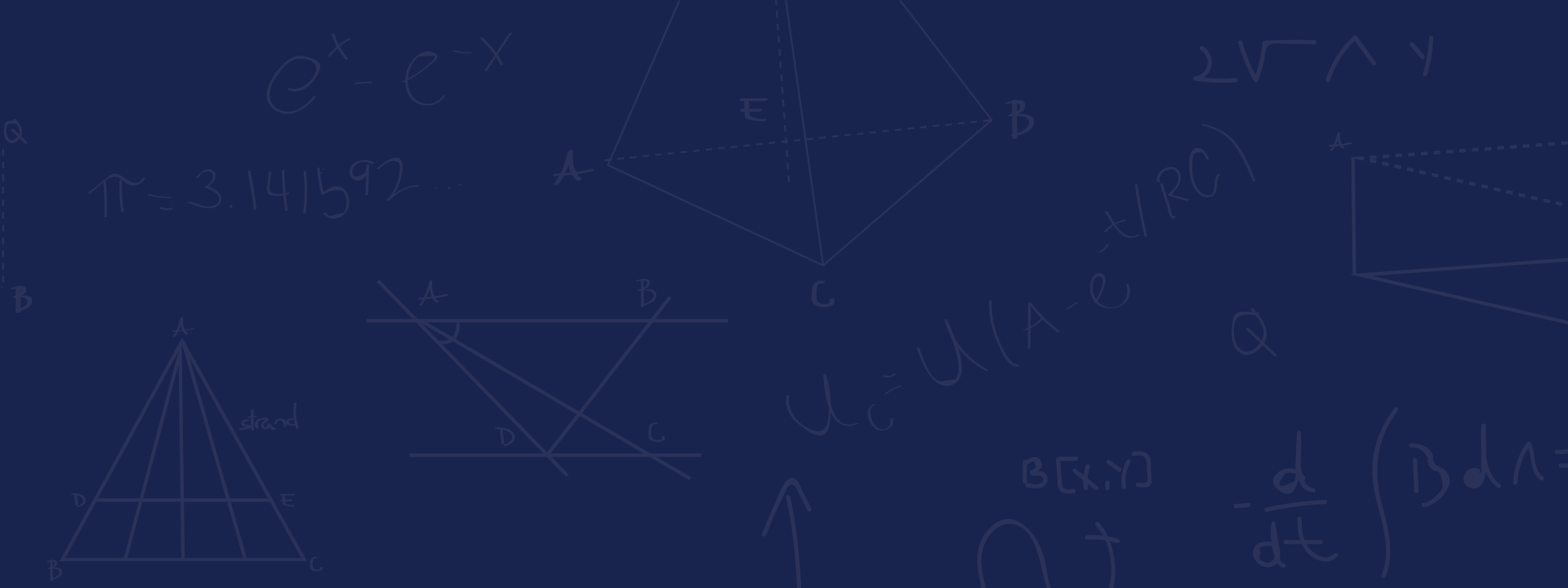À propos
Chetan has been a researcher at Microsoft since 2005. He was born and raised in New York City, where he graduated from Stuyvesant High School in 1988. He received his B.A. from Harvard in 1992 and his Ph.D. from Princeton University in 1996. He was a post-doctoral fellow at the Institute for Theoretical Physics at UCSB from 1996-97. He was a Professor of Physics at UCLA from 1997 through 2006 and at UCSB from 2007 through the present. He was a visiting Professor at Nihon University in Japan in 2002. He is a Fellow of the American Physical Society and a recipient of the Outstanding Young Physicist Award from the American Chapter of the Indian Physics Association, an Alfred P. Sloan Foundation Fellowship, and an NSF Early Career Award. He has been the Principal Research Manager of Microsoft Station Q since 2014.
Chetan has made significant contributions to the theory of topological phases, high-temperature superconductivity, ‘strange metals’, the effects of impurities on electronic behavior, the quantum Hall effect, and phases of periodically-driven quantum systems. In 1996, Chetan and Frank Wilczek discovered the type of non-Abelian statistics associated with Majorana zero modes, which will be the building block of Microsoft’s quantum computer. His subsequent work in 2005 with Michael Freedman and Sankar Das Sarma sparked attempts to build a topological quantum computer using the 5/2 fractional quantum Hall state. In 2008, he was the lead author of an influential article surveying the field of topological quantum computing. In 2016, he repaired and revived the concept of a «time crystal» with Dominic Else and Bela Bauer and predicted its occurrence in periodically-driven systems, which was experimentally verified shortly thereafter. The 2016 paper that he and several co-authors wrote on Majorana zero mode device designs serves as a guide for Microsoft’s quantum effort.
Under his leadership, Microsoft’s quantum team published papers demonstrating topological superconductivity in nanowires and single-shot readout of the parity state of a pair of Majorana zero modes.

